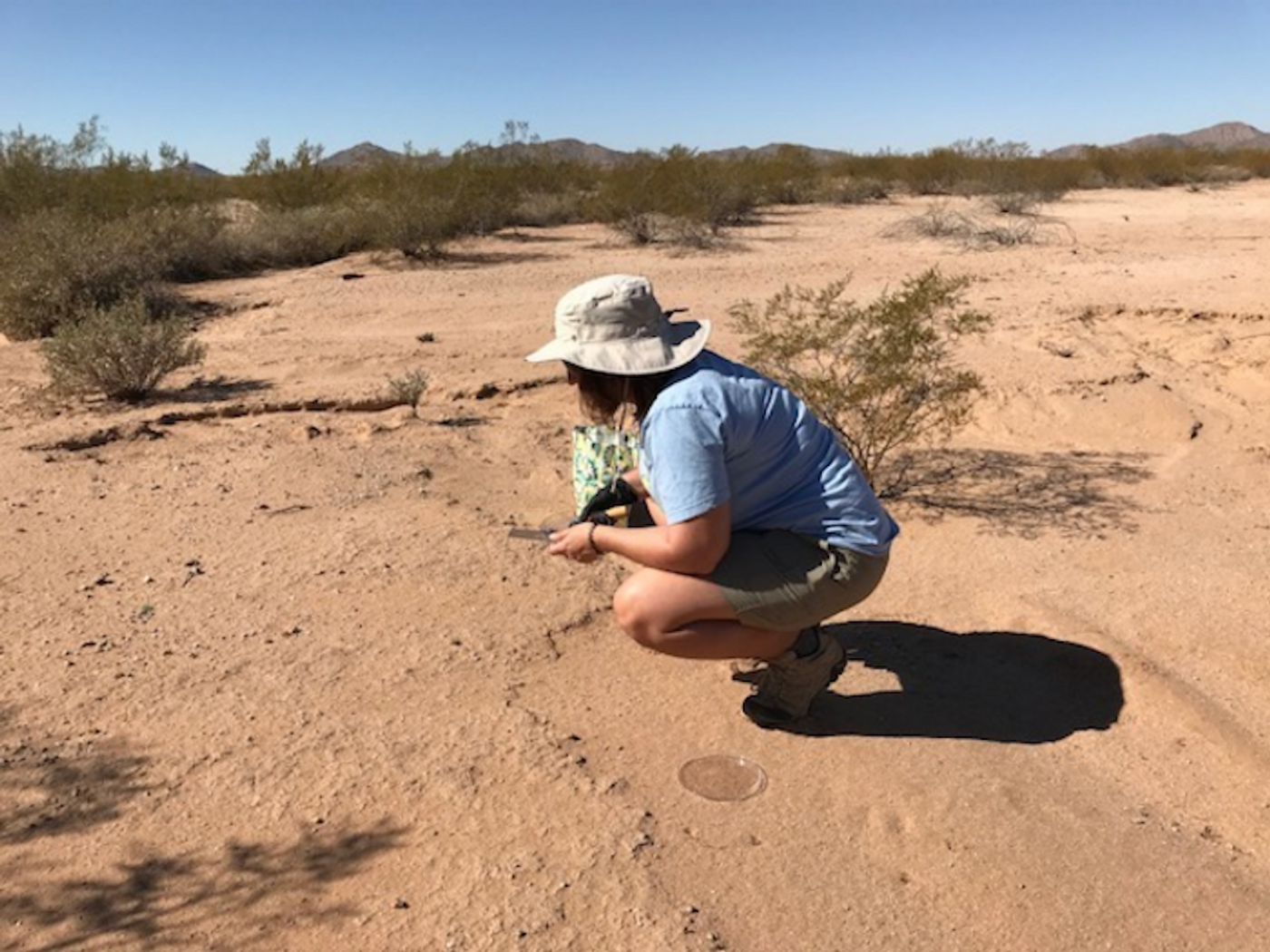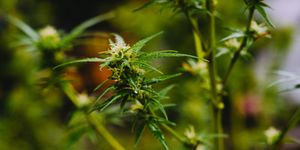A Microbial Predator Can Wreak Havoc in the Desert
The microorganisms of the world are in constant conflict, battling for resources and space in a microbial arms race. Some viruses can infect amoeba, while others might infect archaea or bacteria. There are even bacteria that can prey on other bacteria. Scientists have now discovered a bacterium that stalks cyanobacteria in the earth's biocrusts. These newly identified predators, called Candidatus Cyanoraptor togatus (C. togatus), or Cyanoraptor, can attack cyanobacteria living in desert soil.
Cyanobacteria are photosynthetic, and play a role in the production of oxygen and nitrogen fixing in the environment, processes that many other organisms rely on. Cyanobacteria also form biocrusts, which are beneficial communities of cells that live on the surface of soil. They help prevent erosion, trap dust, and increase nutrient and water levels in the soil. Though they are important to the desert ecosystem, they are also targeted.
"There was something killing the biocrusts. It was not a virus, and it was not a small animal. It could only be another bacterium," said Professor Ferran Garcia-Pichel of Arizona State University.
Biocrusts usually look like soil. But after a Cyanoraptor attack, circular rings appear in which the cyanobacteria have been eliminated. Researchers identified them in the field, then assessed them in the lab, revealing more about Cyanoraptor. The findings have been reported in Nature Communications.
In their early stages, Cyanoraptor cells are small and spherical; these so-called propagules just wait for their prey, not growing or dividing. If a cyanobacterium gets close, the Cyanoraptor attacks by binding to its prey with a docking structure. The cell wall of the prey cyanobacterium dissolves, and the predator Cyanoraptor enters the cyanobacterial cell and starts consuming it. Cyanoraptor continues to grow larger, then divides into many new cells once it reaches a certain size. The prey cell dies, and Cyanoraptor transforms into propagules once more until another victim comes along.
The desert ecosystem loses the benefits provided by cyanobacterium as more get consumed by Cyanoraptor. "In general, this means that there could be serious consequences for desert health, fewer nutrients, less stable soil and water retention so a reduction in time plants and other organisms can be active. With the loss of these functions, organisms that rely on these services, such as plants may suffer, which could then have further consequences up the food chain," explained first study author Julie Bethany Rakes, PhD.










